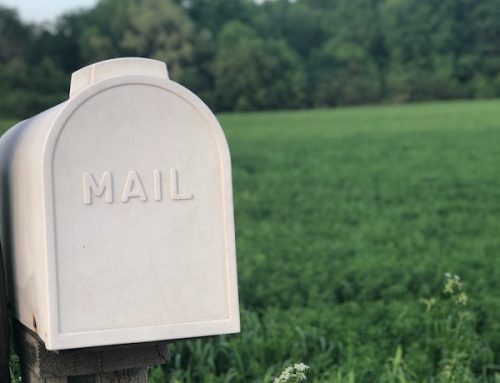
In these tough economic times, many homes have been languishing on the market, making it difficult for Sellers to move on to other homes and locations. In order to make a sale, a Seller can offer to do a “carryback”. A carryback loan, also known as a “seller carryback” or “seller’s second”, is a loan which is financed by the Seller of a property to help a Buyer purchase the house. Normally, this aids in the completion of the sale of the property. It could also refer to the part of the purchase price the Seller is able and willing to finance for the buyer.
For instance, the typical seller carry back situation is 10% down, 10% seller carry back and 80% first mortgage. This is a percentage of the purchase price. An example is a $1,000,000 house would have a $100,000 down payment, a $100,000 seller carry back and a $800,000 conventional first mortgage deed. Another scenario for a seller carry back is if the seller owns the property free and clear and the seller carries a first mortgage or trust deed. Sometimes there is a first trust deed which the buyer can take over and the seller carries a second mortgage.
Utilizing a seller carryback works well when the Buyer cannot come up with a big down payment or they may not fit into the “conventional” loan process because of their career or past credit history. Understanding the potential pitfalls of doing a seller carryback, but also knowing the rewards, is crucial to this type of sale. In a seller carryback scenario, both parties need to exucute an All Inclusive Trust Deed.
An “All Inclusive Trust Deed” or AITD is a “Seller Carry” that “wraps” or includes an underlying loan or loans of record. It is usually recorded at the close of escrow with a Grant Deed conveying full to title to Buyer and Title Insurance is issued. The AITD’s face amount includes the unpaid balance(s) on underlying encumbrances, plus the remaining unpaid balance of the Sellers equity.
Sellers remain responsible for the payment on the underlying loan(s) or until they are paid in full. The Sellers equity position in the note is always the difference between what is owed to the Seller and what the Seller owes the underlying lender.
The AITD becomes a junior trust deed, subordinate to the underlying trust deed(s). The inputed interest rate (9% or applicable Federal securities rate, which ever is lower) is the minimum interest rate allowed for Seller financed transactions. The Documentary Transfer Tax on the grant deed is based on the purchase price LESS the liens of record.
Advantages:
The Buyer does not need to qualify for a loan with a lender and closing costs are minimal. The Seller has advantage of installment sales income tax recording method, so long as payments are received in more than one tax year. The Seller, by agreement in writing with buyer, may prohibit prepayment of up to a 12 month period following the sale.
Because the underlying loan(s) may have a lower interest rate, or may have been paid down considerably, the Seller’s effective interest rate yield may be higher than the actual note rate. The Seller benefits from the “Interest Override” which is the difference between the interest rate on the existing loans of record and the rate negotiated on the AITD.
Disadvantages:
Recording may alert an underlying lender to enforce the “Acceleration Clause” or “Due on Sale Clause” and require the underlying loan to paid in full. At this time, the underlying loan would be considered in default and said lender could start foreclosure proceedings.
Paying off an AITD:
There are two types of AITD payoffs: Equity Payoff and Full Payoff.
The AITD should not be reconveyed until such time as any equity of the seller and the existing deed(s) of trust have been paid in full. At all times the seller is responsible for the underlying loan(s) of record, since there has been no release of liability given by the existing lien holder(s). Any late payments and/or default, will reflect on the Seller’s credit accordingly.
Being able to sell a house quickly by not having to wait for a mortgage company to approve a buyer or having to rely upon an appraiser to come in with the “right” price can sometimes make this type of an arrangement attractive. However, be sure to consult a real estate attorney and professional tax advisor on the implications (or benefits) before entering into a transaction.
Interested in what you are reading? To automatically receive these Escrow Tips in your email box, subscribe to these articles at the top right corner of this site (Glen Oaks Escrow) in the box titled “Subscribe via Email”.
Become a fan of Glen Oaks Escrow on Facebook and follow us on Twitter.



